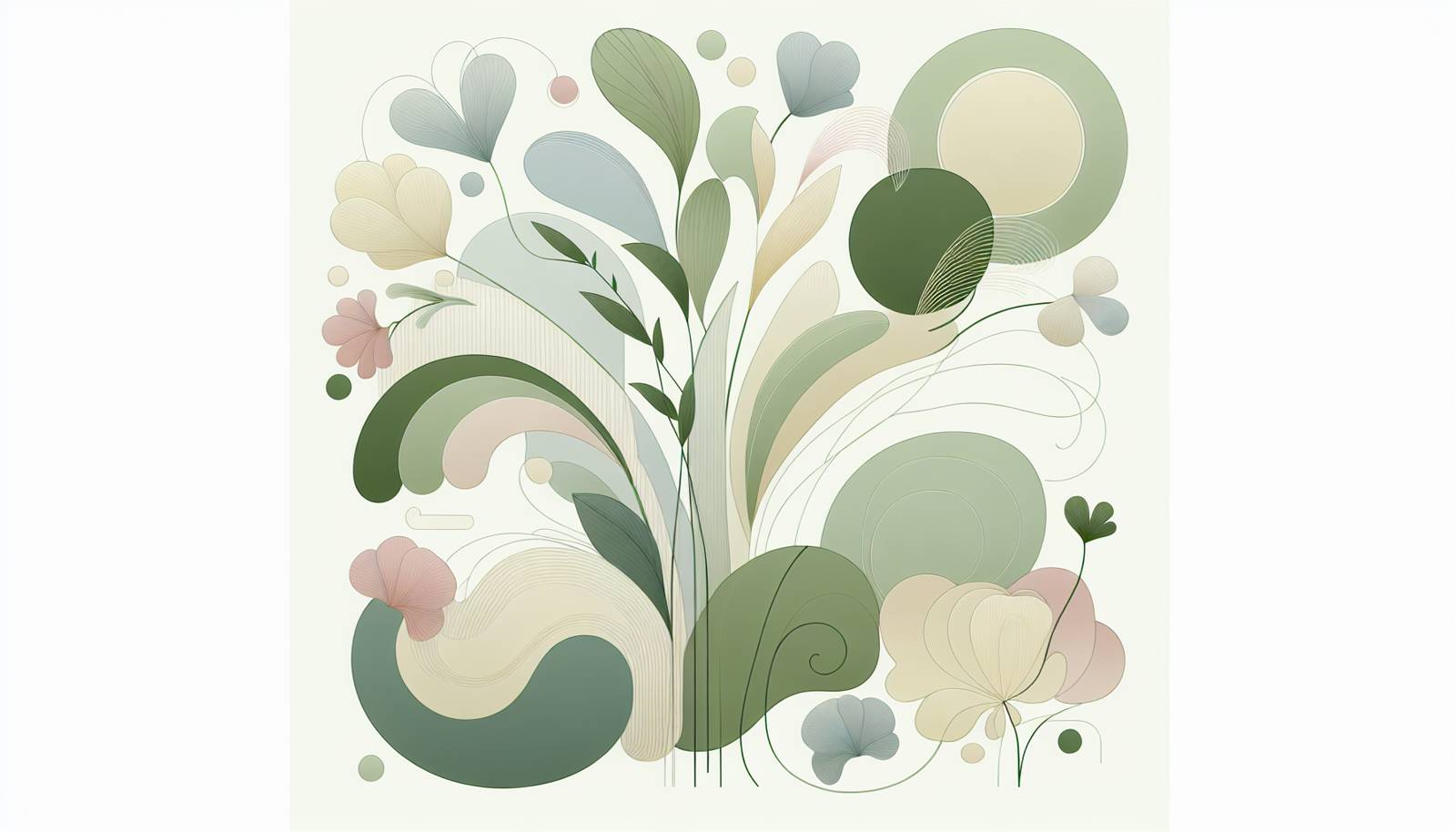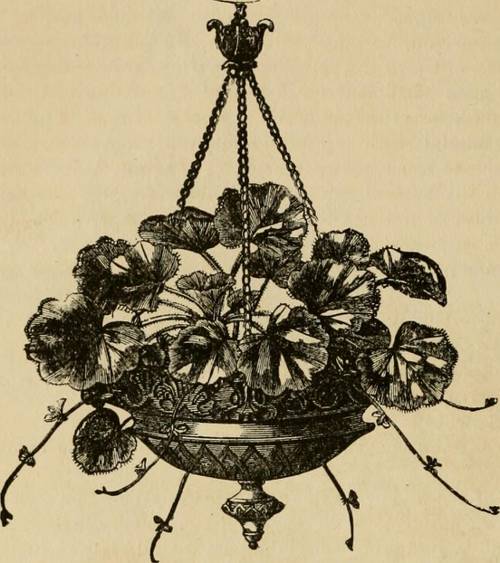
FAQ About Indoor Plant Seasonal Flowering Management

What are indoor plant seasonal flowering management techniques?
Indoor plant seasonal flowering management involves various techniques to ensure indoor plants bloom in accordance with their natural cycles. This includes adjusting light, temperature, watering schedules, and fertilization to mimic the seasonal changes plants would experience in nature. Understanding the specific needs of each plant type and closely monitoring their growth phases can help you provide the best conditions for flowering.

Why is seasonal flowering important for indoor plants?
Seasonal flowering is essential for indoor plants because it aligns with their natural life cycle, promoting overall health and vitality. By encouraging plants to bloom at their usual time of year, you not only enhance the visual appeal of your indoor garden but also maintain the plant's rhythm, which keeps them strong and healthy.
Additionally, seasonal flowering can help maintain biodiversity and contribute to pollinator-friendly environments, even indoors. Certain indoor plants can attract beneficial insects when they flower, although this is more applicable outdoors.

How does light affect flowering in indoor plants?
Light plays a critical role in the flowering process of indoor plants. Many plants require specific light conditions to bloom, often dependent on the length of daylight hours they receive. This is known as photoperiodism. For example, short-day plants need longer nights and shorter days to initiate flowering, while long-day plants require shorter nights. Providing the right amount of light through natural sunlight or artificial grow lights can mimic these conditions to encourage blooming.

Can artificial lighting be used to manage indoor plant flowering?
Yes, artificial lighting can be effectively used to manage indoor plant flowering. Grow lights, like LED or fluorescent bulbs, can simulate sunlight and help control the photoperiod, which is crucial for the flowering of many plants. By adjusting the duration and intensity of light exposure, you can influence when a plant will flower, making them a useful tool in managing seasonal flowering indoors.

What temperature adjustments are necessary for flowering in indoor plants?
Temperature plays a vital role in stimulating flowering in indoor plants. Many species require specific temperature ranges for optimal growth and flowering. For instance, a drop in temperature may trigger blooming in some plants, simulating their natural environment's seasonal changes. Maintaining appropriate temperature levels and avoiding extremes can help ensure healthy flowering.

How does watering influence the flowering of indoor plants?
Watering is a crucial factor in the management of indoor plant flowering. While consistent moisture is important, overwatering can lead to root rot and other issues that may prevent flowering. Adjusting the watering regime to closely follow the plant’s growth and dormancy cycles is essential. During the flowering phase, some plants might require slightly increased water to support bloom production, while others might prefer drier conditions.

Which indoor plants are known for seasonal flowering?
Several indoor plants are known for their attractive seasonal flowering. African Violets, Peace Lilies, Orchids, and Christmas Cactus are popular choices due to their vibrant blooms. Each of these plants has specific care requirements to promote seasonal flowering, such as light, temperature, and humidity preferences, making them ideal for indoor gardening enthusiasts looking to enhance their space with seasonal colors.

Is fertilization important for inducing flowering in indoor plants?
Fertilization is crucial for encouraging flowering in indoor plants. The right nutrients, particularly phosphorus and potassium, support bloom development. Adjusting the fertilization schedule to coincide with a plant's flowering phase can significantly enhance the number and quality of blooms. It's important to choose a fertilizer formulated for flowering and use it appropriately to avoid over-fertilization, which can harm the plant.

How can humidity levels affect indoor plant flowering?
Humidity levels can have a significant impact on the flowering of indoor plants. Many tropical plants prefer higher humidity, which simulates their natural habitat and supports healthy growth and blooming. Conversely, low humidity can lead to drying of blooms and leaves. Using a humidifier or placing plants on trays with water can help maintain adequate humidity levels indoors.

What are common signs that an indoor plant is ready to flower?
Common signs that an indoor plant is ready to flower include the formation of buds, changes in leaf color or texture, and new growth activity. Additionally, some plants may show increased sensitivity to environmental factors, such as light or temperature changes, indicating they are entering their flowering phase. Monitoring these signs can help you adjust conditions to support successful blooming.

How do you encourage off-season flowering in indoor plants?
To encourage off-season flowering in indoor plants, it involves manipulating environmental conditions such as light, temperature, and nutrients. Providing artificial lighting to extend daylight hours or adjusting temperatures to mimic seasonal changes are effective strategies. Additionally, using fertilizers specifically designed for bloom stimulation can coax plants to flower outside their usual schedule.

Can all indoor plants be managed for seasonal flowering?
Not all indoor plants can be managed for seasonal flowering, as it largely depends on the species and their natural growth cycles. Some plants have very specific requirements for flowering that may be difficult to replicate indoors. However, many popular indoor plants can be encouraged to bloom with proper care and environmental adjustments.

How do you deal with pests that affect flowering in indoor plants?
Managing pests is crucial for healthy flowering in indoor plants. Common pests such as aphids, spider mites, and whiteflies can damage plants and inhibit blooming. Regularly inspecting plants, maintaining cleanliness, and using natural pest control methods like neem oil or insecticidal soap can help manage infestations. Ensuring that conditions are not overly humid or crowded can also prevent pest problems.

Can moving an indoor plant affect its flowering?
Yes, moving an indoor plant can affect its flowering due to changes in light, temperature, and humidity levels. Plants are sensitive to environmental changes, and sudden relocations can cause stress, potentially delaying or disrupting their flowering process. To minimize shock, try to replicate the previous conditions as closely as possible when moving a plant.

What role does pruning play in the flowering of indoor plants?
Pruning plays a significant role in stimulating flowering in indoor plants by encouraging new growth and removing dead or unnecessary foliage that can divert energy. Proper pruning techniques can help improve air circulation and light penetration, essential factors for healthy flowering. It also allows plants to direct their resources more effectively towards producing flowers.

How can you ensure continuous blooms throughout the year?
Ensuring continuous blooms throughout the year involves strategic plant selection and care. By choosing a variety of plants with different flowering cycles and using techniques such as staggered planting, it's possible to maintain color and blooms year-round. Regularly adjusting environmental conditions, like light and temperature, alongside proper fertilization and pruning, also supports continuous flowering.

What are the challenges in managing flowering for indoor plants?
Challenges in managing the flowering of indoor plants may include fluctuating indoor climates, inconsistent light levels, and pest infestations. Each plant species has unique requirements, making it challenging to provide optimal conditions for all. Understanding the specific needs of your plants and carefully monitoring environmental factors can help mitigate these challenges.

How do seasonal changes outside affect indoor plant flowering?
Seasonal changes outside can influence indoor plant flowering by affecting light exposure and temperature in your home. As the sun's angle and intensity vary, indoor plants may receive more or less light, prompting adjustments in their growth cycles. Recognizing these variations and adjusting conditions accordingly helps maintain consistent flowering indoors.

What is the impact of soil quality on indoor plant flowering?
Soil quality is critical for the flowering of indoor plants. High-quality, well-draining soil provides essential nutrients and supports root health, which is vital for bloom development. Compacted or nutrient-poor soil can hinder flowering by restricting root growth and resource uptake. Using appropriate soil mixes for your specific plants and regularly renewing or amending soil can enhance flowering outcomes.

Do indoor plants require dormancy periods for flowering?
Many indoor plants do require dormancy periods to successfully flower. Dormancy allows the plant to conserve energy and prepare for the next growing season. During this time, plants typically need reduced watering, minimal fertilization, and less light. After a period of dormancy, they can often be encouraged to bloom with improved vigor when conditions are adjusted to stimulate growth.
